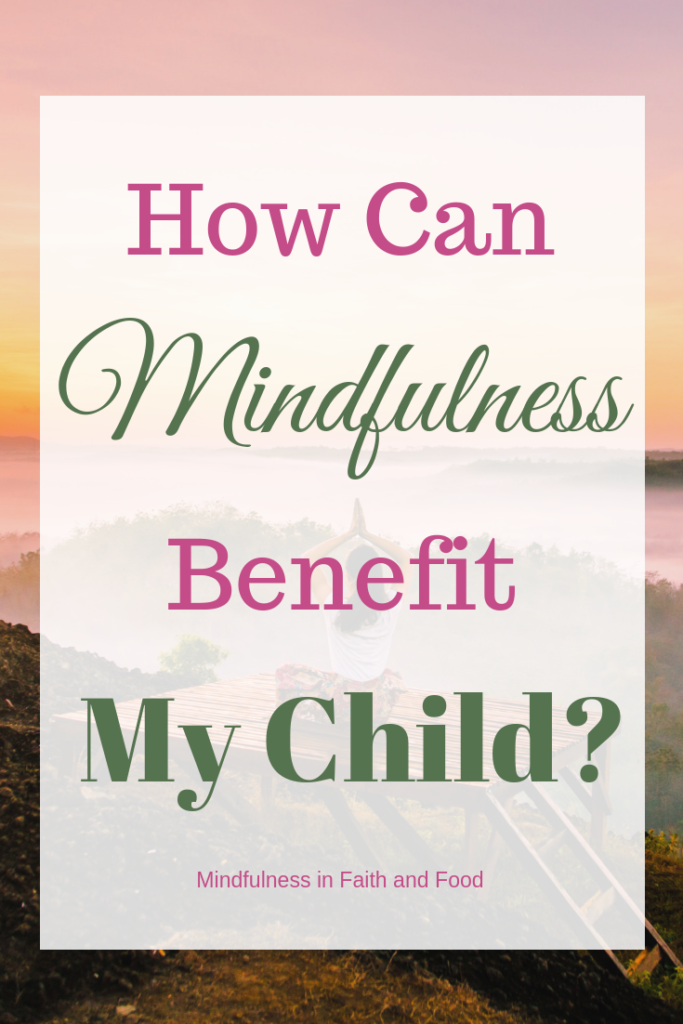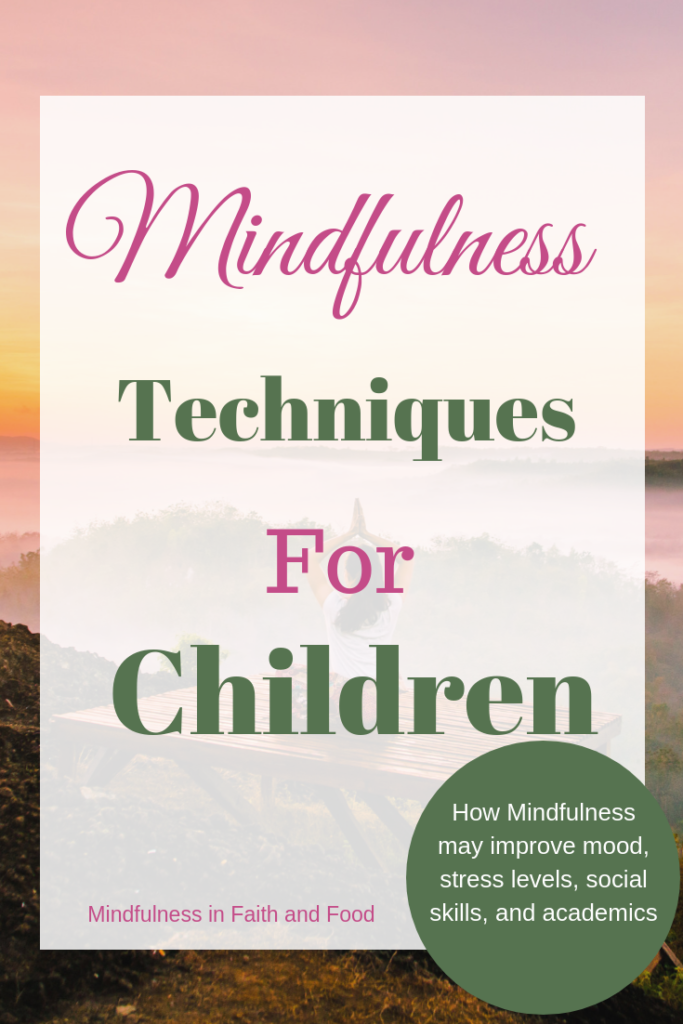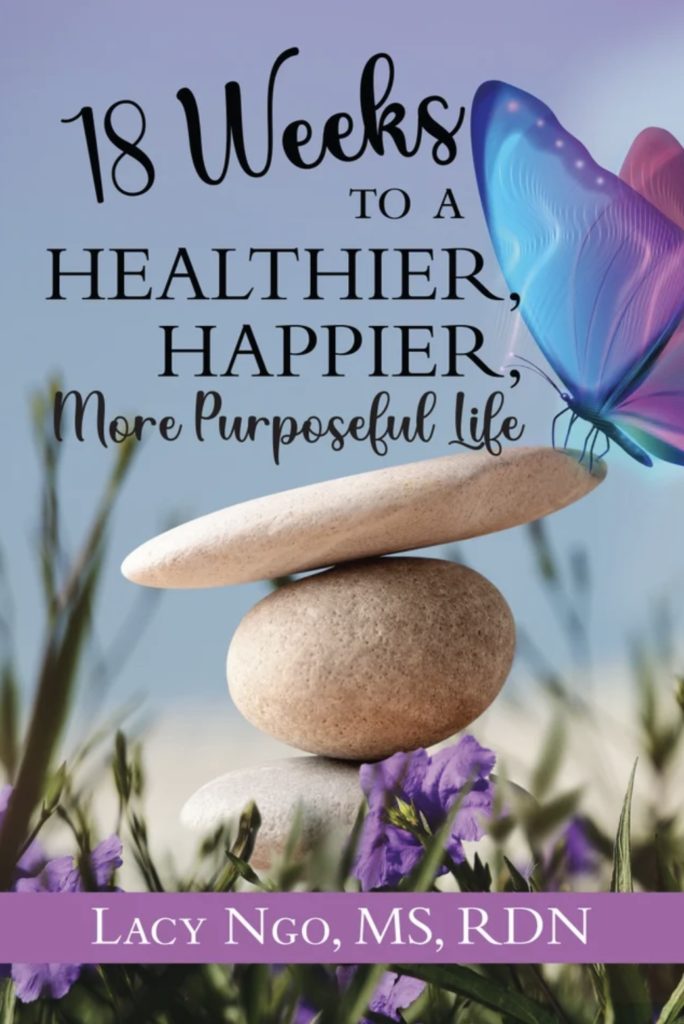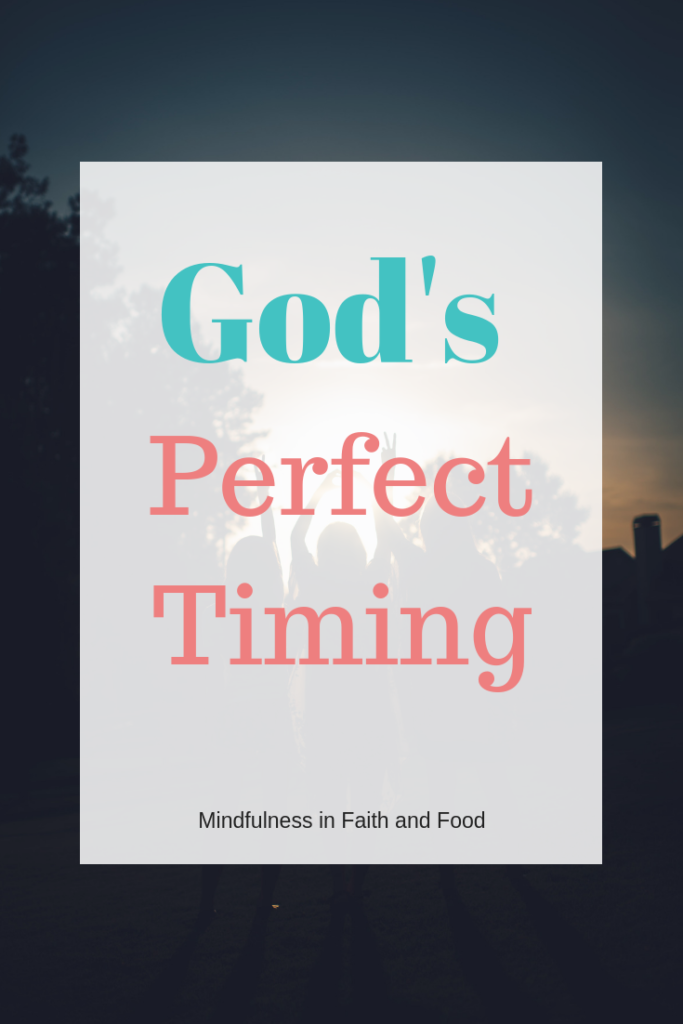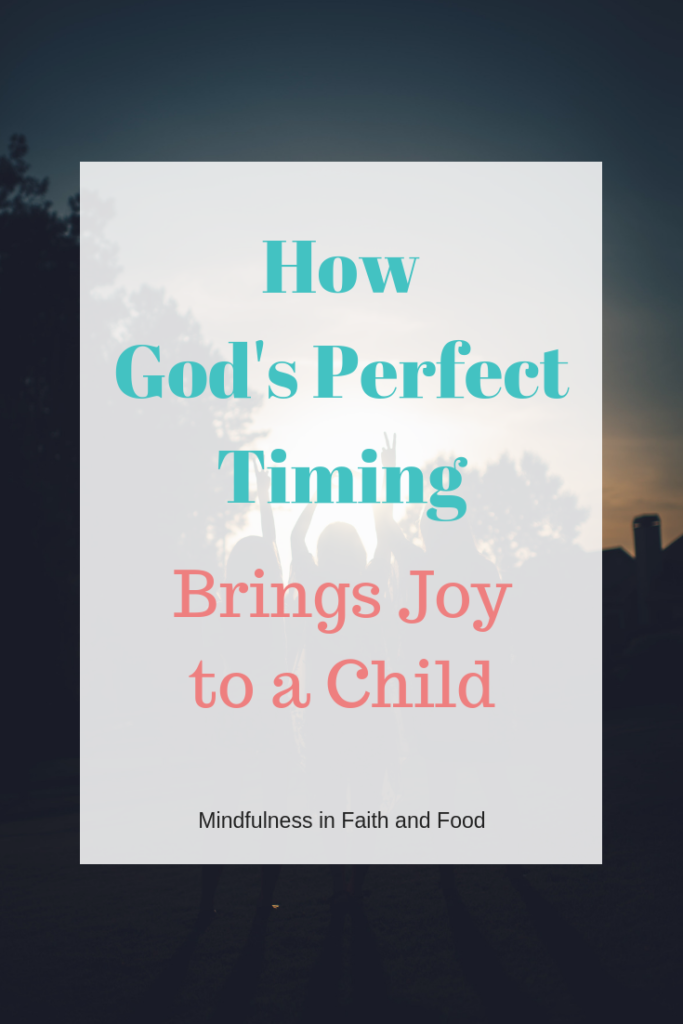I am super eager to share this next series with you! I hope you will find these posts an invaluable resource of nutriton information.
This next blog series IS…
Best Books Written by Registered Dietitians
You may be asking…
So what exactly IS a Registered Dietitian, and why do I want to take note when a health and wellness book is written by a Registered Dietitian?
This site contains affiliate links (See full disclosure here.)
A registered dietitian, by definition, is considered the expert in the field of nutrition science. The term Registered Dietitian is actually different than a nutritionist. In fact, the term nutritionist is not a regulated term and has a more general meaning. The term registered dietitian, however, is regulated much like the terms doctor or lawyer. In other words, you are not allowed to call yourself a doctor unless you are a doctor, and you cannot call yourself a registered dietitian unless you have completed all the academic and professional requirements.
Requirements for Registered Dietitians
So what are the requirements? Is there some kind of certification you need to be a registered dietitians?
Actually, you cannot just get a certification to become a registered dietitian. Whereas there might be certifications available for nutritionists.
To become an RD you must:
- Complete a Bachelors Degree at a college accredited by the Commission of Accreditation of Dietetic Education. Some of the required courses generally included are:
- Microbiology
- Medical Nutrition Therapy
- Biology
- Chemistry
- Organic Chemistry
- Anatomy and Physiology
- Evidence Base Nutrition
- Human Nutrition and Metabolism
- Nutrition Counseling
- and more
2. Complete 1200 hours of a competitive internship (The internship is usually completed in hospitals, community service agencies, medical clinics, etc)
3. Pass the CDR Exam
Just like a lawyer can’t practice law without passing an exam, an RD cannot become a registered dietitian without pasing the CDR.
4. By 2024, all register dietitian will be required to have a master’s degree as well. Many RD’s already do.
5. Complete Continuing Education Units throughout their career to keep their registered dietitian credentials.
So you can see why it is a plus when a health and nutrition book is written by a registered dieitian. I want to preface here that just because an RD is considered the expert, doesn’t mean you can’t get great nutrition information and advice from non-dietitians. People who have a passion for nutrition or people who have discovered something that works for them can write insightful nutrition books.
Many health and wellness enthusiasts have done extensive research on their own and have valuable information, but if you are getting advice from non-dietitians, I would recommend looking for the following:
- Are they getting their information from a Registered Dietitian? Are they seeing what multiple registered dieitians have to say about the topic before giving advice?
- Do they know when it is time to refer their clients to a registered dietitian? Many informed people have general nutrition knowledge, but when a client or customer needs medical nutrition therapy; then, a dietitian may be needed. Dietitians are trained in nutrition as it relates to diseases, drug-food interactions, tube feeding, enteral nutrition (nutrients through the veins), and various other medical conditions. These topics can get complicated and even be dangerous if incorrect information is given.
For example, someone may tell a client to eat more bananas because bananas are healthy, after all, BUT if a person has kidney failure and is on dialysis, too many bananas could put someone in the hosptial or worse!
So one final thought before we move on to the book lists. If a book is written by a non-RD, you may want to see if a registered dietitian has written a review about the book, recommended the book, or even written a forward for the book.
Nutrition books written by non-dietitians are not a deal breaker, by any means, but you can see why seeing that RD beside an author’s name in a nutrition book is a plus.
Okay now for the good stuff…
The first in this series is…
Childhood Nutrition and Wellness Books Written by Registered Dietitians
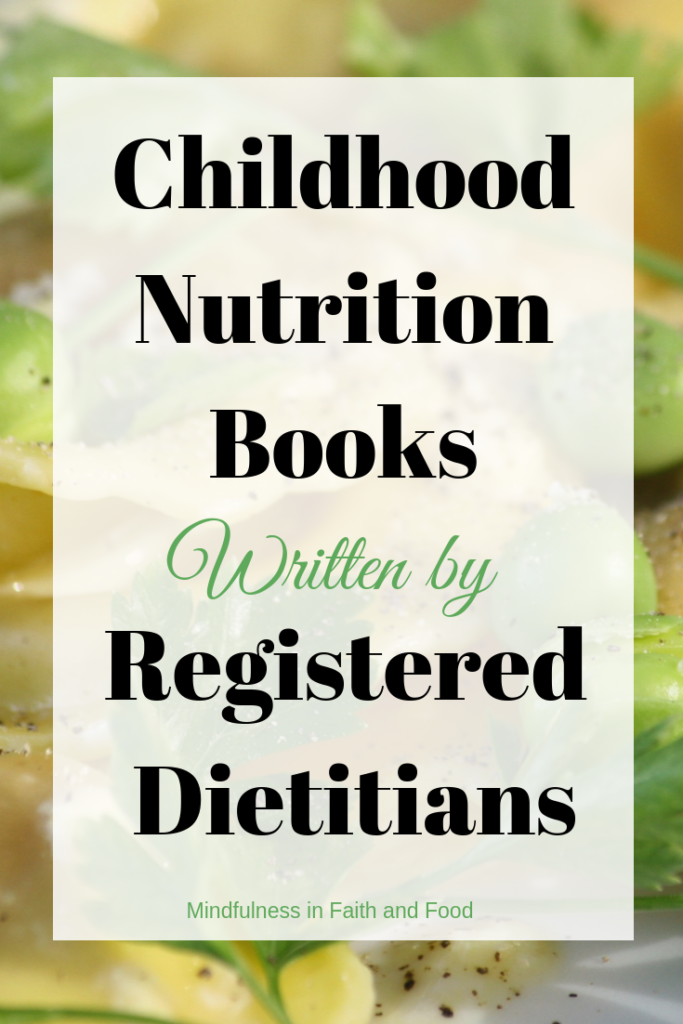

Where Does Broccoli Come From? a Book of Vegetables (Whole Foods Guidebooks for Early Readers)
I recently purchased this book for my children, and they absolutely love it! I knew I wanted this book, but this book actually exceeded my expectations. Although this book is written for children, it is an excellent resource for the whole family. The kid’s loved filling in the “5 Senses” page while they tried vegetables, and they 100% decided they liked some vegetables that they use to think they didn’t like. We plan on taking this book with us to the grocery store next time we shop together so that my kids can pick out which vegetables they would like to try next, based on what they read about each vegetable in this book.


How to Raise a Mindful Eater: 8 Powerful Principles for Transforming Your Child’s Relationship with Food
This book had me hooked at the word “mindful.” I have done mindful eating exercises with my kids, and like this books says in the title, mindful eating can truly transform your child’s relationship with food. Although I am a dietitian and mindful eating advocate, even I was surprised at how well my children responded the first time I did mindful eating exercises with them. This is a great book for introducing mindful eating to your children.


Best Lunch Box Ever: Ideas and Recipes for School Lunches Kids Will Love
Figuring out what to pack for lunch can be a challenge. This book has 65 healthy, kid-friendly, and EASY lunch box recipes. Everything you need to pack a healthy school lunch!


Eat Like a Champion: Performance Nutrition for Your Young Athlete
This is a great book for parents of young athletes. “Eat Like a Champion” covers everything from snacks and meals to supplements and the importance of nutrients! This book covers so much information!
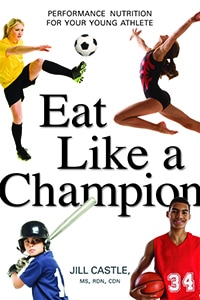

Fearless Feeding: How to Raise Healthy Eaters from High Chair to High School
I think most of us have battled with a picky eater. This book is all about how to encourage healthy eating in a stress free way. This is an excellent read for moms and dads who want to encourage healthy eating.


The Smart Mom’s Guide to Starting Solids: How to Introduce, Advance, and Nourish Your Baby with First Foods (and Avoid the Most Common Mistakes)
This is a perfect book for new moms! This title explains it all. Learn how to introduce foods to your baby as they grow.
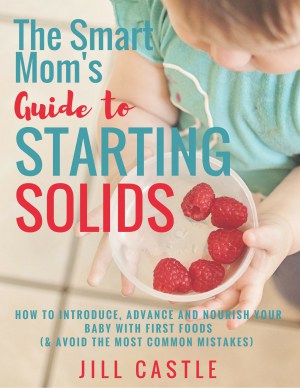

Try New Food: Help New Eaters, Picky Eaters & Extreme Picky Eaters Taste, Eat & Like New Foods
This is another great book for moms and dads of picky eaters. I am so glad this book is on the market because so many parents go through this trying “picky eater” stage!
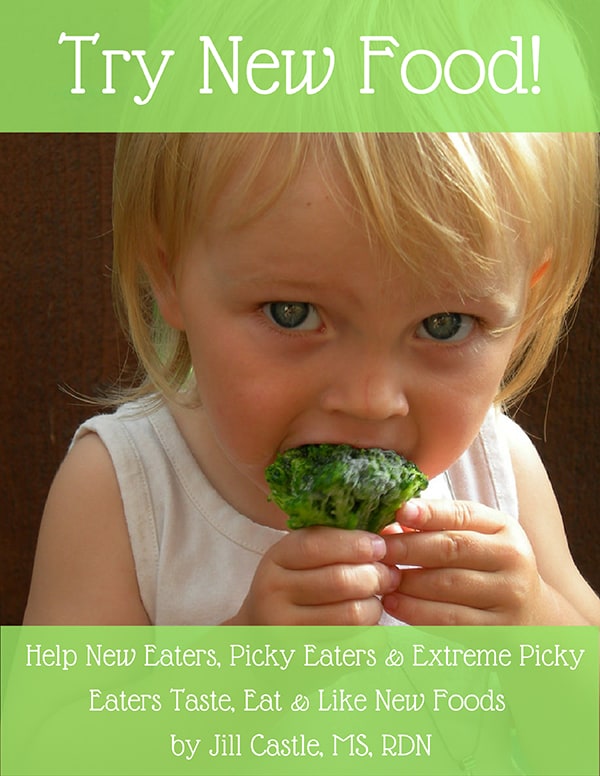
The Healthy Snack Planner for Kids
This is another great book by Jill Castle, MS, RD. This book not only has a step-by-step healthy snack guide, but also includes 85 snack ideas for kids!

101 Healthiest Foods for Kids: Eat the Best, Feel the Greatest Healthy Foods for Kids, and Recipes Too!
My favorite thing about this book is the variety of kid-friendly foods and recipes. This is a great book for families to have in their kitchen!

The Color, Cook, Eat, Bundle
I actually bought this ebook bundle as a gift for my kids when they started expressing a desire to learn to cook. I love that these printable ebooks not only have great recipes but are also coloring books too! How cool is that!
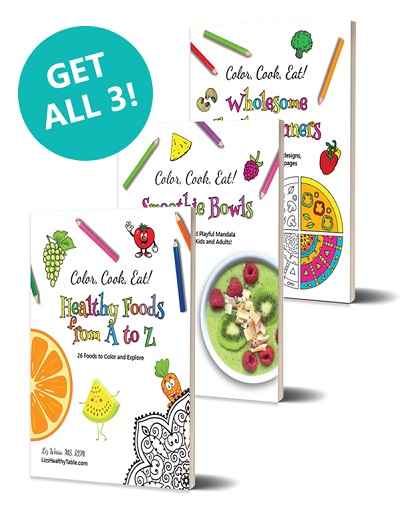

The Parents’ Guide to Baby-Led Weaning: With 125 Recipes
This is another one where the title explains it all.This book guides you on how to go straight from breast milk or formula to solid foods and even includes recipes! This is another fantastic resource for new moms.

Mindfulness in Faith and Freezer Meals
“Mindfulness in Faith and Freezer Meals” is for moms and dads who desperately want to eat healthy family meals together! This book is for parents who want their kids to eat healthy homemade meals more often, but with all the extracurricular activities, they can’t seem to find the time to cook. So they either grab something as they run out the door or grab takeout or fast food. New moms who can’t find the time to cook because it seems like they are constantly nursing or bottle feeding, would benefit from this book as well. With this ebook, moms and dads learn how to efficiently make a month of healthy freezer meals (breakfasts, lunches, and dinners) in one day so that their meals are ready to go on busy days!
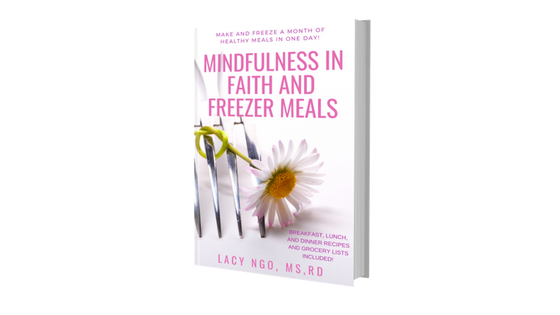
Related Posts
Top Healthy Cookbooks by Registered Dietitians
Top Healthy Living Books by Registered Dietitians
Nutrition Books for Specific Conditions Written by Registered Dietitians
How “Mindfulness in Faith and Freezer Meals” Changed My Life
Gifts for Children that encourage Healthy Living and Eating
Easy No Hassle Summer Games for the Whole Family that Promote Activity
Holistic Health: Mind, Body, Spirit Books by Registered Dietitians
Books for Registered Dietitians by Registered Dietitians
Sports Nutrition Books written by Registered Dietitians
Weight Loss Books Written by Registered Dietitians
Top Meal Prep & Meal Planning Books Written by Registered Dietitians
Copyright © 2018 Mindfulness in Faith and Food.
You are free to retain any and all content here for personal use, but need permission to use it anywhere else on the internet.
This site is hosted by Bluehost.

